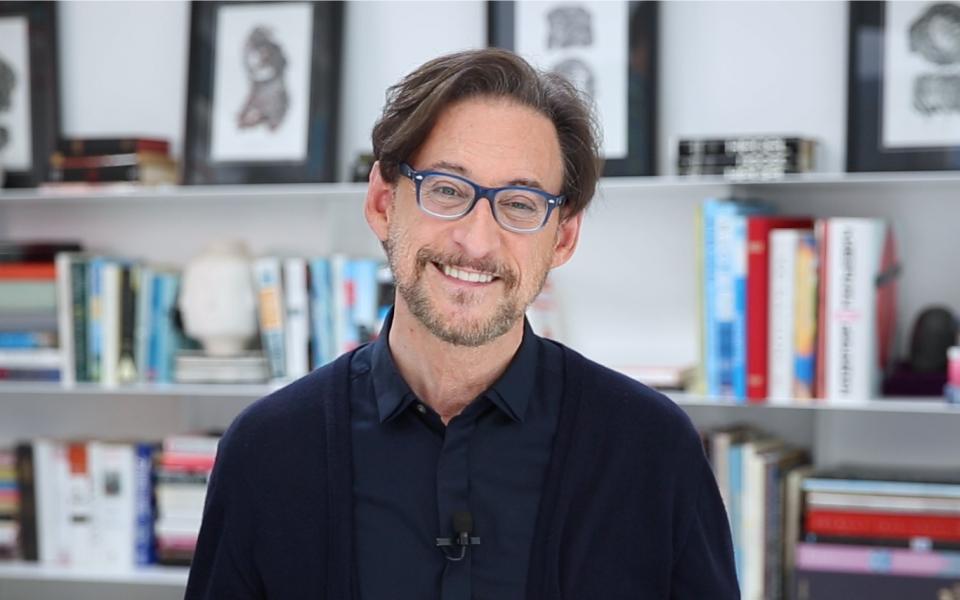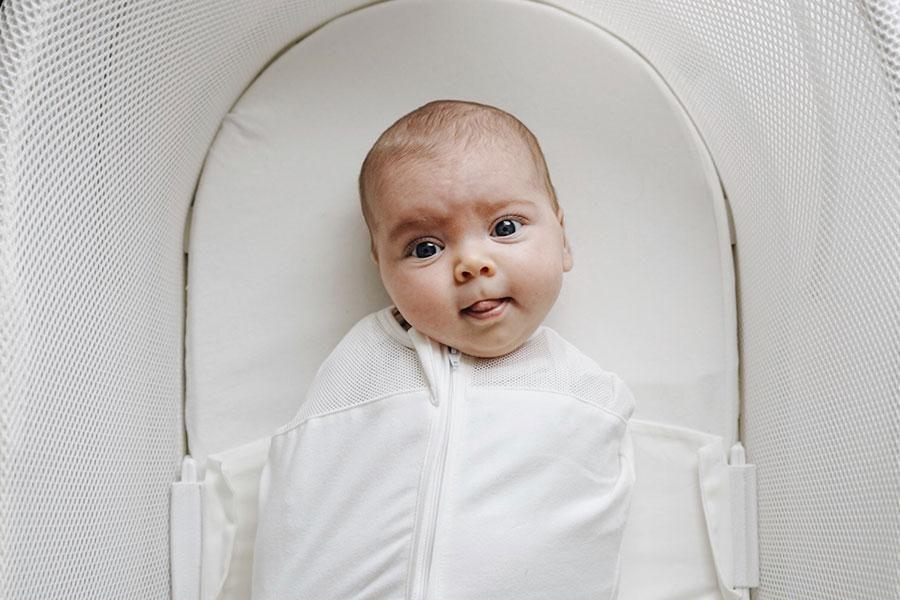BABY
AAP Updates Guidelines on Safe Sleep and SIDS Prevention
Reduce the risk of SIDS and suffocation for your baby with this guide to safe sleep.

Written by
Dr. Harvey Karp

SHARE THIS ARTICLE
PARENT PICKS
Bestsellers
BABY

Written by
Dr. Harvey Karp

SHARE THIS ARTICLE
Bestsellers
The American Academy of Pediatrics (AAP) updated their safe sleeping recommendations to include advice that infants sleep in the same bedroom with their parents for at least 6 months, in a separate sleeping space from their parents and always on the back.
They advise against bed-sharing for all babies and add that an infant should never sleep on a couch, armchair or other soft sleeping surface.
Swaddling is recommended but, the Academy stresses, only when a baby sleeps on the back; swaddling should stop as soon as babies can roll over.
The goal of these new guidelines is to clarify the safest sleep practises, in order to reduce the risks of sudden infant death syndrome (SIDS), suffocation and strangulation. These risks to babies are heightened with unsafe sleeping practises, resulting in more than 3,500 babies in the U.S. dying each year unexpectedly.
Dr. Lori Feldman-Winter, a co-author of the new report, explained, "A baby that is within reach of their mother may have more comfort or physical stimulation from being in an environment with another person.” She also remarked that sleeping with your baby near-by promotes breastfeeding, which in itself has been shown to reduce the risk of SIDS by 70%.
A summary of the key points:
Read the AAP’s full guidelines for parents on their site, Healthychildren.org.
Happiest Baby’s founder, Dr. Harvey Karp, is a long-time advocate for safe sleeping and SIDS prevention. While the causes of SIDS aren't known, the latest evidence shows that sleeping on the back significantly reduces the risk of SIDS. With this in mind, Happiest Baby created SNOO Smart Sleeper, the baby bed that prevents accidental rolling to the stomach. At this time, it is the only bed on the market that ensures an infant will sleep on the back, per the latest AAP recommendation (October 2016).
Disclaimer: The information on our site is NOT medical advice for any specific person or condition. It is only meant as general information. If you have any medical questions and concerns about your child or yourself, please contact your health provider. Breastmilk is the best source of nutrition for babies. It is important that, in preparation for and during breastfeeding, mothers eat a healthy, balanced diet. Combined breast- and bottle-feeding in the first weeks of life may reduce the supply of a mother's breastmilk and reversing the decision not to breastfeed is difficult. If you do decide to use infant formula, you should follow instructions carefully.